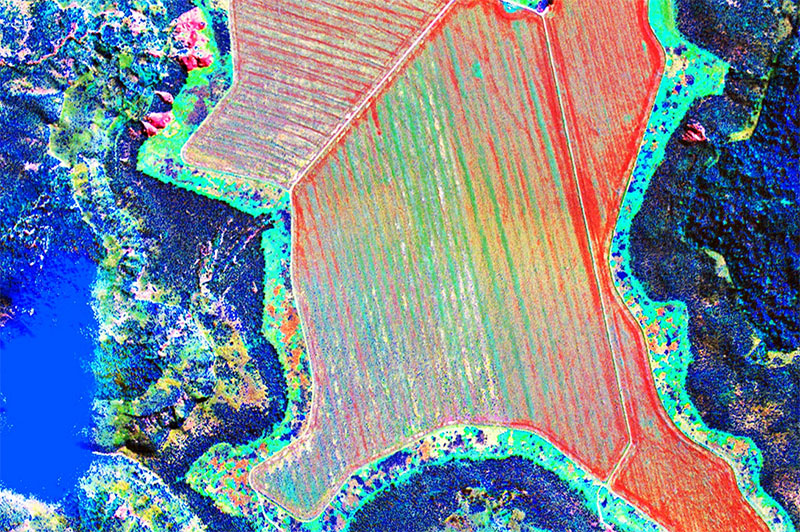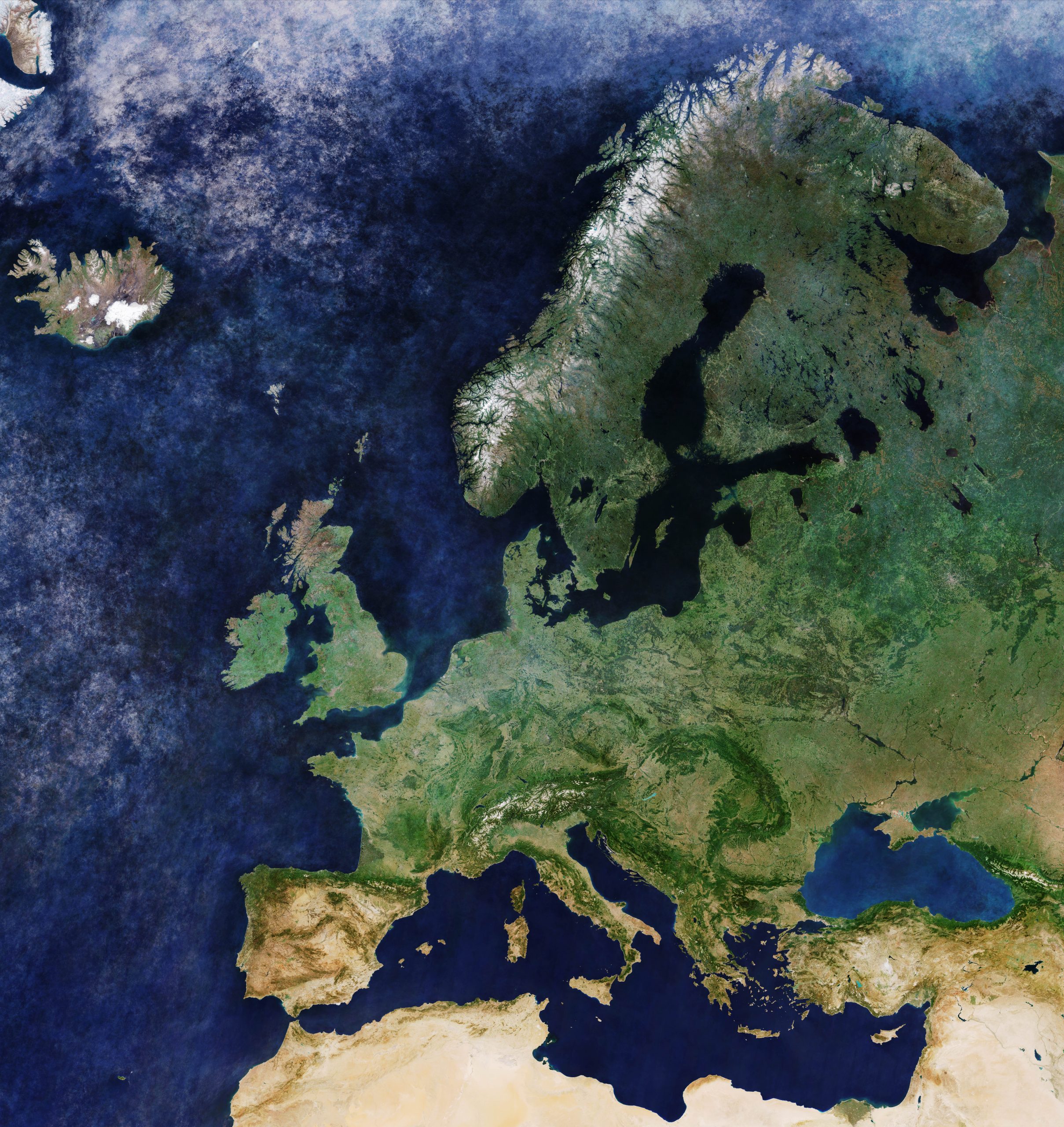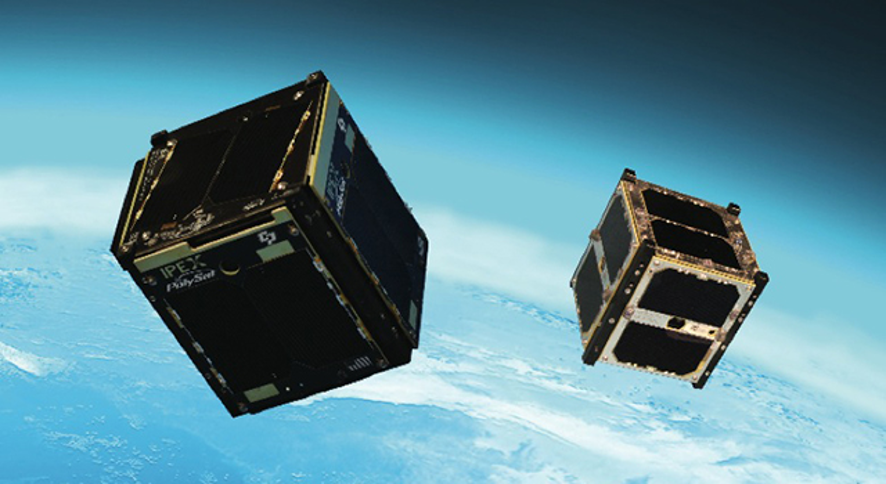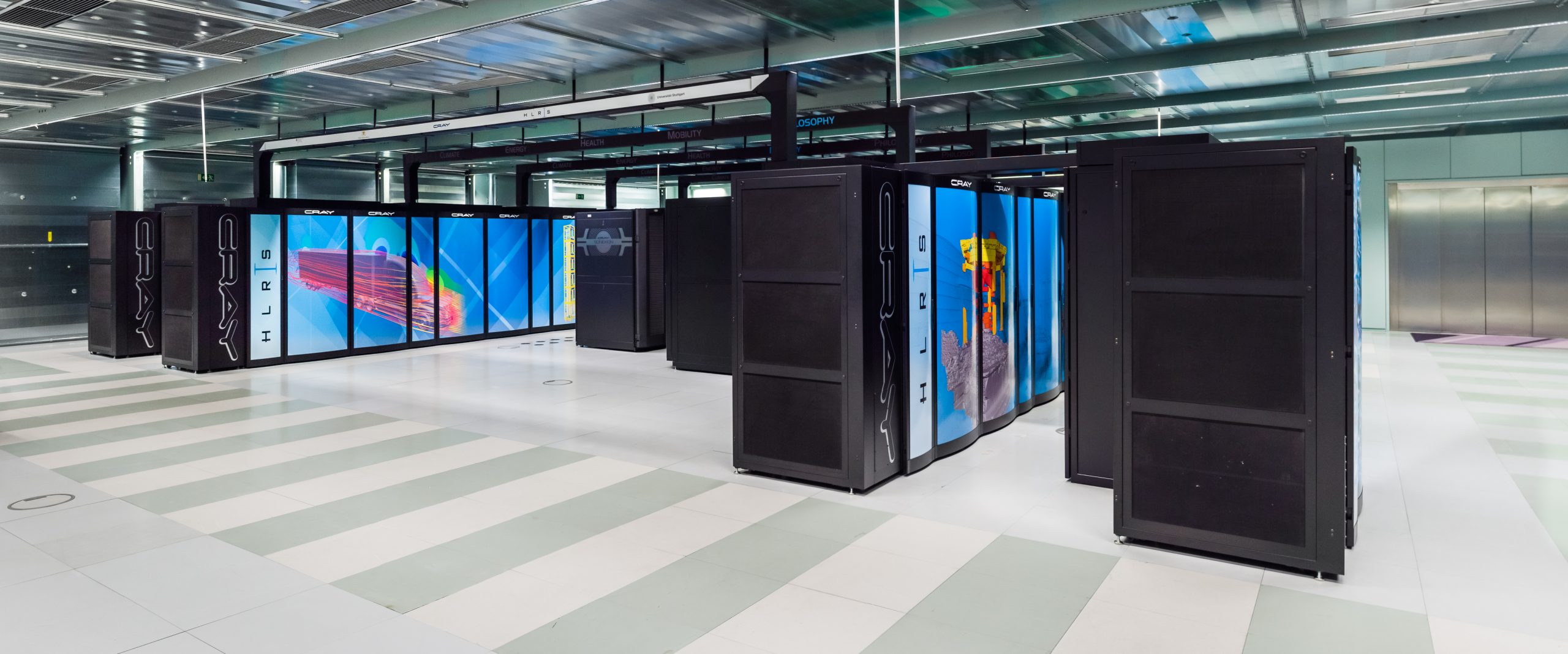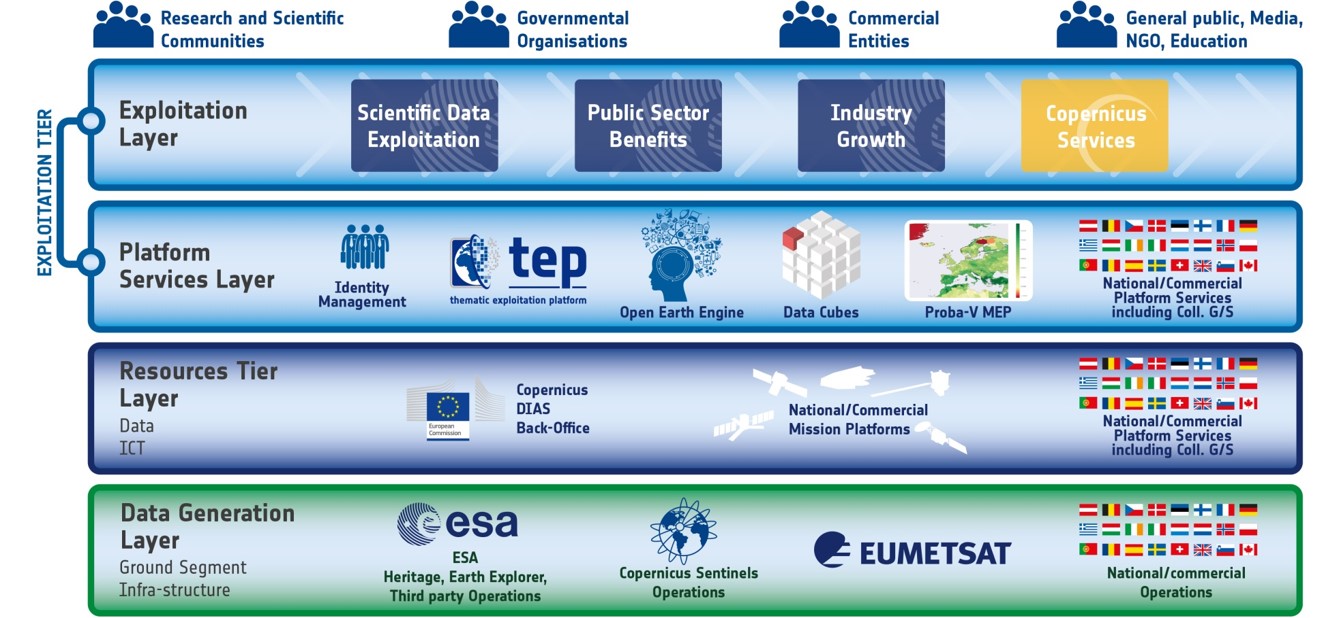In situ: Earth Observation is not only Space
Nico2021-01-28T16:55:13+02:00In the language of Earth Observation (EO), “in situ data” is the common denomination of data deriving from ground-based, sea-borne or air-borne monitoring systems, as well as geospatial reference or ancillary data. In situ sensors can be carried by, among others, air balloons, ground stations, or ferry boxes. In situ serves validation and calibration of [...]
